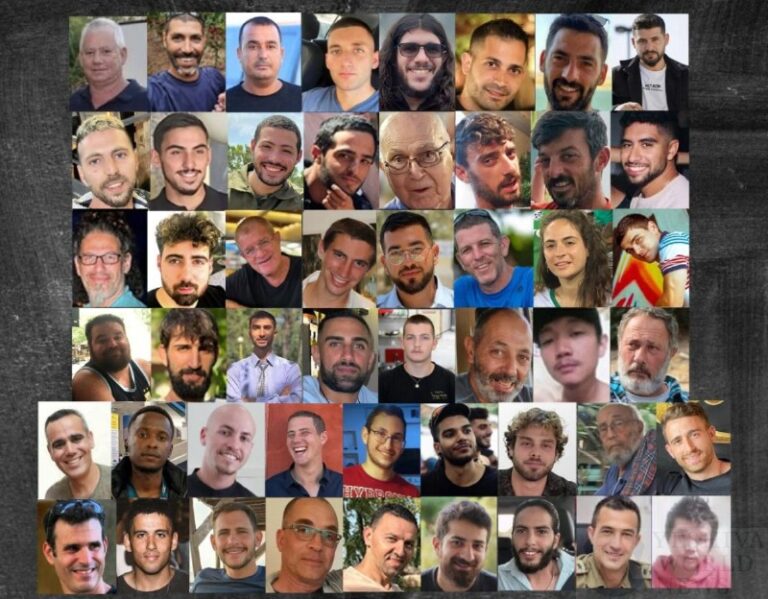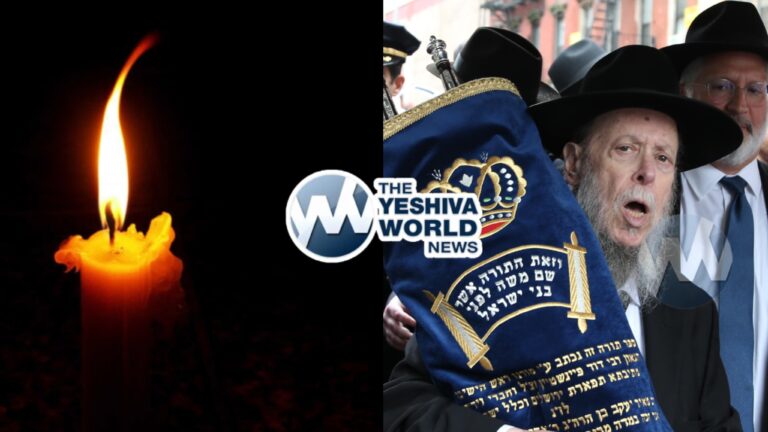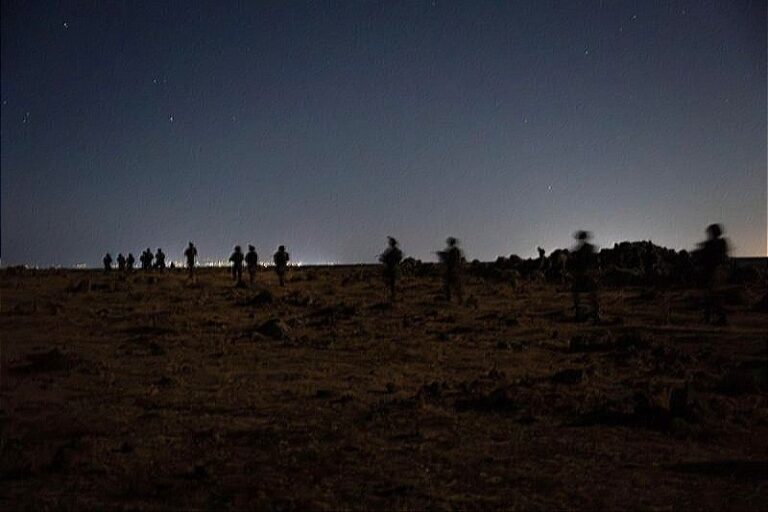 Invested in the ritual of the machatzis hashekel, which we will read about this Shabbos in Parshas Shekalim, are cogent lessons in how to combat jealousy and divisiveness and attain unity between Jews. In so doing, we are made worthy of Hashem’s great salvation.
Invested in the ritual of the machatzis hashekel, which we will read about this Shabbos in Parshas Shekalim, are cogent lessons in how to combat jealousy and divisiveness and attain unity between Jews. In so doing, we are made worthy of Hashem’s great salvation.
Such epic goals do not, at first glance, seem connected to the mitzvah of taking a national census through the counting of the shekalim. But that is only until we take a closer look at the rich symbolism and inner meaning of the mitzvah.
Our first discovery is that the purpose of the ritual of machatzis hashekel is multi-layered.
During the times of the Bais Hamikdosh, all of Klal Yisroel was expected to donate the money needed for the korbanos tzibbur, the daily sacrifices brought on behalf of the nation. The collection took place on Rosh Chodesh Nissan.
One month earlier, on Rosh Chodesh Adar, the leaders began reminding the people to prepare their donations – a half-shekel per person. We will soon see the significance of the proclamation being made on this particular date.
[In the absence of the Bais Hamikdosh, we carry out this mitzvah symbolically by reading the parsha of shekalim.]
The machatzis hashekel served a second purpose. It was the vehicle through which a national census was taken of Bnei Yisroel, as Moshe was commanded at the beginning of Parshas Ki Sisa.
The Torah does not allow us to count Jews bodily; everyone eligible to be counted contributes a machatzis hashekel and the coins are counted. The Torah (30:16) relates that the money then went to the Ohel Moed (and later the Bais Hamikdosh) and served as a kapara for Bnei Yisroel.
Rashi, on that posuk, teaches that the machatzis hashekel accomplished yet a third purpose; it was a kapara for the sin of the Eigel, the Golden Calf.
The Medrash Tanchuma (9) states that Moshe Rabbeinu had difficulty understanding the directive of machatzis hashekel and was shown by Hakadosh Boruch Hu a machatzis hashekel coin made of fire.
What was Moshe’s difficulty and how was it answered with the coin of fire?
The Eigel was fashioned out of molten gold – gold that men had eagerly tossed into the fire, each hoping to outdo the other in his contribution so as to own a larger share of the new leader that would be sculpted from the molten mass.
Moshe could not understand how the machatzis hashekel could atone for such an egregious sin.
In displaying a fiery machatzis hashekel, Hashem was telling Moshe, “If you see Jews run to donate their machatzis hashekel to the Mishkan with the same fervor that they dashed off to pluck the jewelry from their wives in order to melt the gold into an Eigel, you will then be assured that the census will not cause a plague.”
If people give of their resources with the same dedication to a dovor shebikedusha as they gave to the avodah zorah, that is a sign that they are giving from the depths of their hearts.
If they maintain the Mishkan with the same bren as they subsidized the Eigel, you will know that they are not giving selfishly, but are donating for the betterment of the community. Such people are worthy of being protected from a plague.
Because every donor could give no more and no less than a half-shekel, the machatzis hashekel “leveled the field.” It made everyone equal before the Shechinah and erased the possibility of any individual gaining personal benefit from his contribution.
If the Jewish people, despite the lack of opportunity for self-aggrandizement in this mitzvah, demonstrated the same bren in donating to the Mishkan as when they poured money into their own private projects, that would signify their attainment of a lofty madreigah. At that level, tzedaka tatzil mimovess – charity for purely altruistic purposes saves one from death.
If people can gather together and declare that they recognize that in the eyes of G-d they are equal – if they can stand in line with their machatzis hashekel and not be jealous of each other – that is a sign that they are G-d-fearing people and no mageifah will befall them.
The Meshech Chochma at the beginning of Parshas Va’eirah regarding the mitzvah of Birkas Hamazon expands on the concept that being content with what Hashem has given us is an expression of deepest emunah.
If people realize that all their possessions are from Hakadosh Boruch Hu, and that He cares for us and all our needs, they will be satisfied with what the Creator, in His wisdom, apportioned to them.
This is the reason we make a bracha acharonah after eating an amount of food equal to the volume of an egg or an olive, and not only when we have eaten our full, as the Biblical commandment prescribes. We demonstrate our belief that all we have is from Hashem and that even if it is minimal, we are grateful and content with it.
People tend to feel that they are being treated unfairly when observing those who are richer, or who have more kavod or status, or have gotten further in life. Such feelings fuel jealousy, which, in turn, spawns anger and hatred.
Those who aren’t satisfied with their lot in life essentially suffer from a lack of emunah.
People who lie, cheat and steal to get ahead are lacking in belief in Hashem. Individuals who promote themselves incessantly at the expense of others are ketanei emunah.
On the other hand, when a Jew eats a kezayis and bentches, thanking Hashem for what He has given him, he pays tribute to the fact that all he has is a gift from G-d, and that G-d provides him with precisely what he needs.
“If He deemed me worthy of eating only a kezayis, that will suffice for me. It will be as filling for me as an entire meal,” one is urged to think. “I realize I must be thankful for what I have and I realize that there is a G-d above Who is looking out for me.”
By submitting to the counting of Bnei Yisroel through the machatzis hashekel, the Jewish people declared their acceptance that one’s possessions come from Hakadosh Boruch Hu and that witnessing another’s good fortune must never trigger jealousy and resentment.
The wealthy Jews, by giving only a pittance, demonstrated their acceptance that, in G-d’s eyes, money is not what defines a person. They understood that when Jews are counted, they are measured for who they are and what they have done with their G-dly gifts, not in terms of their bank accounts.
The Gemara in Maseches Megillah (13b) relates that Reish Lakish taught that the Ribono Shel Olam knew that Haman would one day weigh shekalim with which to bribe Achashveirosh to permit him to kill the Jews on the 14th of Adar.
Hashem therefore caused the chachomim to determine that the proclamation to prepare the shekalim should be made on Rosh Chodesh Adar, to counteract Haman’s evil schemes.
What is there about the shekalim of the Mikdosh which had the power to trump the shekalim of Haman? What special force did they possess that they were able to defeat Haman and his nefarious plans?
The Megillah relates that Haman declared to Achashveirosh, “Yeshno am echod mefuzar umeforad bein ha’amim – There is one nation which is scattered and dispersed amongst the nations…” A deeper explanation offered by the meforshim is that Haman theorized that Am Yisroel suffered from a lack of achdus.
There was no unity among the Jews of his time. They quarreled and were divisive. Haman knew that when harmony and unity are absent among Jews, it is much easier to destroy them.
The Creator therefore caused the chachomim to announce the upcoming collection of the machatzis hashekel on Rosh Chodesh Adar. The machatzis hashekel served to bring Jews together; it cured jealousy and the hatred it generates between people. Through the machatzis hashekel, Jews were reunified and drawn close to one another in ahavas Yisroel.
The achdus that grew in place of envy, rancor and sinas chinom saved them from Haman’s evil designs.
May we merit that in our day as well, when the parsha of Shekalim is read, the message of the machatzis hashekel will inspire us to abandon hatred and jealousy and reunite in harmony and brotherhood.
Achdus means to treat other people the way we would want to be treated. Achdus means not washing our laundry in public. Achdus means to respect that not everyone has to agree with me or do things the way I do them. Achdus means to recognize that there are 12 shevatim in Klal Yisroel and one is no more legitimate than the other. Achdus means giving the other guy the benefit of the doubt before slamming him. Achdus means to act responsibly when dealing with others. Achdus means to carefully consider the ramifications, both personal and communal, of one’s actions. Real Achdus means taking the command of Ve’ohavta lereiacha kamocha literally.
May Hashem grant that by the time Purim arrives, we will be standing k’ish echod b’leiv echod, ready to greet Moshiach Tzidkeinu.











One Response
This has been a terrible day for Klal Yisrael – with the passing of Rabbi Segal and the murder of Yeshiva students in Eretz Yisrael. Instead of Jews rejoicing as we enter Adar, it is the Arabs, yemach shemom, who are rejoicing in the streets.
As Rabbi Shlomo Carlebach once said, if we don’t judge anyone, then Hashem won’t judge us. Let us not “kill” each other with lashon hara, jealousy, ayin hara, sinas chinam, machlokes, pettiness, grudges, revenge,etc.
Perhaps Rabbi Segal was giving over a message to all of us in his interview, shortly before his passing, on jmintheam, which is celebrating its 25th anniversary. He said the following words to his son: “Twenty-five in hebrew is Chof Heh….meaning Kavod Hashem…you are spreading the honor and glory of the Almighty. Your program has no specfic agenda except the service of the Almighty, the people of Israel and the Land of Israel. May you go from chayil el chayil and continue your sacred work.”
WE must all have no specific agenda except serving Hashem and doing what we can for Klal Yisrael and Eretz Yisrael. WE must always be conscious to make a Kiddush Hashem in our thoughts, our words, and our actions.